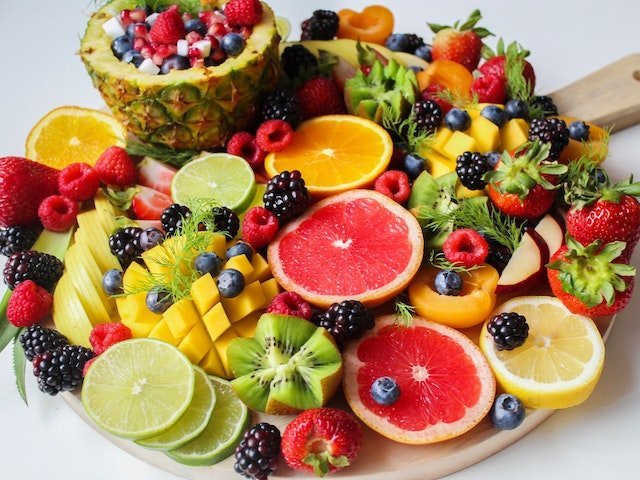3 mins read
Gluten free diet for celiac disease patients.
For individuals with celiac disease, maintaining a strict gluten-free diet is crucial to managing the condition and preventing complications. Gluten is a protein found in wheat, barley, rye, and their derivatives. Here’s a guide to dietary advice for celiac disease:

1. Avoid Gluten-Containing Foods:
- Wheat-based foods: Breads, pastas, cereals, pastries, and baked goods made from wheat.
- Barley-based foods: Barley is often found in soups, stews, malt, and beer.
- Rye: Found in rye bread and some cereals.
- Processed foods: Many processed and packaged foods may contain hidden gluten, so it’s important to check labels carefully.
2. Naturally Gluten-Free Foods:
- Fruits and Vegetables: Fresh, frozen, or dried fruits and vegetables are naturally gluten-free.
- Meat and Poultry: Fresh, unprocessed meat and poultry are safe. Avoid breaded or marinated meats unless labeled gluten-free.
- Fish and Seafood: Fresh fish and seafood are gluten-free, but avoid battered varieties unless gluten-free.
- Eggs and Dairy: Plain eggs, milk, and most dairy products are gluten-free. Be cautious with flavored or processed dairy products.
- Grains and Starches: Rice, quinoa, millet, corn, potatoes, and gluten-free oats (certified) are excellent substitutes.
- Legumes and Nuts: Beans, lentils, and nuts are naturally gluten-free.
3. Safe Gluten-Free Substitutes:
- Gluten-free flours: Almond flour, coconut flour, rice flour, and gluten-free all-purpose flour blends.
- Gluten-free pasta: Made from rice, corn, quinoa, or legumes.
- Gluten-free bread: Readily available in most grocery stores or homemade using gluten-free flours.
4. Check for Hidden Gluten:
- Gluten can be found in many processed foods, sauces (like soy sauce), soups, and gravies. Always read food labels carefully for gluten-containing ingredients, and look for a gluten-free certification.
5. Cross-Contamination Prevention:
- Ensure food preparation areas and utensils are free from gluten contamination. Separate toasters, cutting boards, and utensils are advisable.
- Be cautious when eating out; ask restaurants about their food preparation practices to avoid cross-contamination.
6. Nutritional Considerations:
- Fiber: Gluten-free diets can sometimes be low in fiber. Include high-fiber gluten-free grains like quinoa, brown rice, and fruits and vegetables.
- B vitamins and Iron: Enriched wheat products are often fortified with B vitamins and iron. To prevent deficiencies, incorporate gluten-free fortified cereals or take supplements if recommended by a healthcare provider.
- Calcium and Vitamin D: Some individuals with celiac disease may experience malabsorption of nutrients. Include dairy or fortified dairy alternatives for adequate calcium and vitamin D intake.
7. Consult a Dietitian:
- If newly diagnosed, it may be helpful to work with a dietitian specialized in celiac disease to ensure you’re getting balanced nutrition while avoiding gluten.
Following a strict gluten-free diet is the only effective treatment for celiac disease, and it helps prevent symptoms and long-term health issues associated with gluten exposure.
Join the mailing list!
Get the latest articles delivered right to your inbox!

